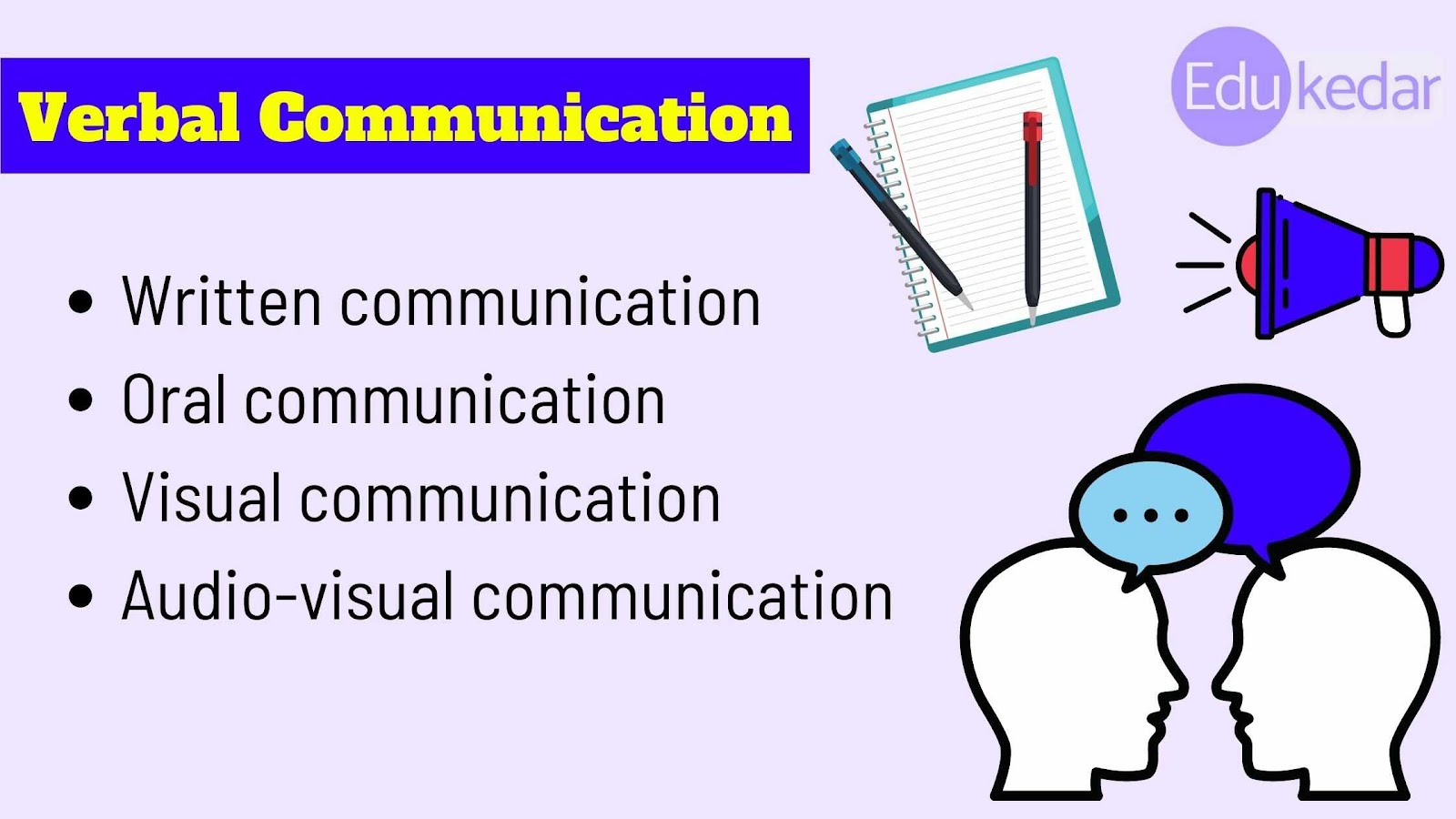Verbal and Non-verbal ( Spoken and Written) :-
Introduction :-
**Verbal Communication:**
- **Spoken Verbal Communication:** This is when you use your voice to talk to someone.
For instance, when you say "Hello" when you answer a phone call or tell a friend, "I'm happy to see you!"
- **Written Verbal Communication:** This is when you use written words to communicate. For instance, when you send a text message, write an email, or create a note.
For example, sending a text message that says, "Let's meet at 2 PM," or writing an email with "Thank you for your help."
**Non-Verbal Communication:**
- **Spoken Non-Verbal Communication:** This involves using your voice and how you say things to express meaning. For example, if you say something with a happy or sarcastic tone, it changes the message's feeling.
Imagine saying "Congratulations" with an enthusiastic ઉત્સાહી tone to show excitement આવેશ, or saying it with a flat tone to appear less interested.
- **Non-Spoken Non-Verbal Communication:** This includes body language, gestures, facial expressions, and eye contact. Your posture, the way you smile or frown, ભવાં ચડાવવા and even the silence between words can communicate a lot without using any actual words.
For instance, if you stand with your arms crossed, it might convey defensiveness.રક્ષણાત્મકતા A smile communicates happiness, and maintaining eye contact can signal confidence and engagement during a conversation.




No comments:
Post a Comment